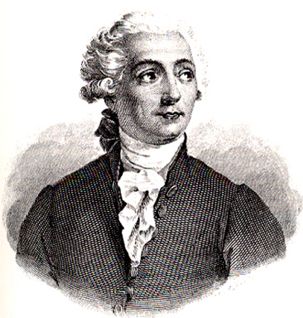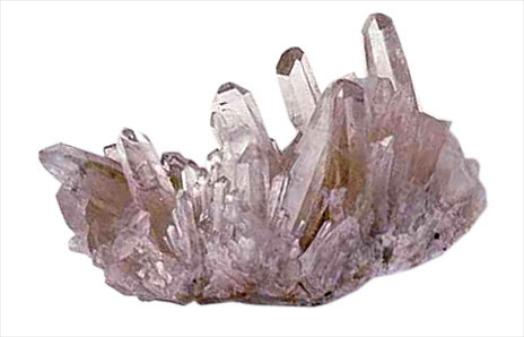
- •Inorganic chemistry
- •0514 Branch “Ecology”
- •Inorganic chemistry……..
- •Introduction
- •Lecture 1. Hydrogen
- •History of discovery
- •N 1 in periodic system
- •Occurrence
- •Physical properties
- •Industrial production of hydrogen
- •1. Iron-steam method
- •Chemical properties
- •Classification of hydrides
- •Lecture 2. Oxygen
- •Physical properties
- •Selected properties of the oxygen atom and molecule
- •History of discovery
- •A. Lavoisier
- •Oxygen occurrence
- •Oxygen preparation
- •Preparation in laboratory
- •5. Electrolysis of water
- •Oxygen as a ligand
Lecture 2. Oxygen
COMPOUNDS OF OXYGEN. CHEMICAL AND PHYSICAL PROPERTIES OVERVIEW
Physical properties
Oxygen is a colourless, odourless gas. It is somewhat heavier than air (the mass of one liter of oxygen under standard conditions is 1.43 g, and of one liter of air, 1.293 g).
Selected properties of the oxygen atom and molecule
Selected properties characterizing the oxygen atom and molecule
Property |
|
|
Ionization energy of atom, kJ/mol |
1313.9 (12,08 еV) |
|
Affinity of atom to electron, kJ/mol |
141 (0,44 еV) |
|
Pauling`s relative electronegativity |
3.44 |
|
Radius of O2-, nm |
0.140 |
|
Internuclear distance in (O=O) O2 molecule, nm |
0.120 |
|
Standard enthalpy of atomization of O2, kJ/mol |
498 |
|
Oxygen dissolves sparingly in water: 100 volumes of water at 0 °C dissolve 4.9, and at 20 °C some 3.1 volumes of oxygen. Water of hydrosphere contains 1.5∙1013 tons of dissolved О2. It is well soluble in organic solvents.
Oxygen forms diatomic molecules characterized by a high stability: the standard enthalpy of atomization of oxygen is 498 kJ/mol. At room temperature, its dissociation into atoms is negligible and becomes noticeable only at 1500 °C.
The molecule О2 is paramagnetic because it has unpaired electrons. Therefore solid and liquid oxygen is attracted by magnetic field.
Oxygen has allotropes: dioxygen (O2) ozone (O3) and O4
History of discovery
M
J. Priestley (1794)[
D
(1743 – 1794)
A. Lavoisier
Several years later after its discovery did A. Lavoisier (France, 1777), who studied the properties of dioxygen gas in detail and established that it is a component of air. He named it oxygen as its reaction with other elements generated oxyacids. He established that dioxygen is the oxidant of fuels in combustion.
Lavoisier renamed 'vital air' to oxygène in 1777 from the Greek roots ὀξύς (oxys) (acid, literally "sharp," from the taste of acids) and -γενής (-genēs) (producer, literally begetter), because he mistakenly believed that oxygen was a constituent of all acids. Actually, the gas that could more appropriately have been given the description, "acid producer," is hydrogen.
Oxygen occurrence
O xygen
is the most abundant element in the Earth's crust. The atmospheric
air contains this element in a free state, while water, minerals,
rock, and all the substances building the organisms of plants and
animals contain oxygen in a combined state.
xygen
is the most abundant element in the Earth's crust. The atmospheric
air contains this element in a free state, while water, minerals,
rock, and all the substances building the organisms of plants and
animals contain oxygen in a combined state.
The total amount of oxygen in the Earth's crust is close to half of its total mass (47%).
Dioxygen comprises about 21% (by volume) of the Earth’s atmosphere.
N
Crystals
of quartz
Oxygen of air is consumed in burning, breathing, rotting, corroding processes and it is continuously regenerated due to photosynthesis (formation of carbohydrates and oxygen):
nCO2 + mH2O ® Cn(H2O)m + nO2.
Essential for life. To satisfy the demands of living creatures for oxygen its partial pressure in air is important. Despite that the percentage of oxygen gas in mid air remains without changes, its partial pressure on considerable heights becomes insufficient for breathing as a result of atmosphere thinning. For this reason at climbing to the tops of mountains or in heigh flights the human body suffers oxygen starvation.
Н2О is the most important compound of oxygen on Earth. Water occupies the greater part of the Earth surface, being in 3 aggregate states. Its enormous masses are contained in the minerals and mountain rocks. The organism of a man contains about 60% of water. Quantitively a man weighing 70 kg contains approximately 1750 mol of oxygen as water and organic compounds.
Allotropes of oxygen
Dioxygen (O2) is the most common allotrope of oxygen on Earth.
Trioxygen (O3) is usually known as ozone, it is an extremely reactive form of elemental oxygen. Ozone, the first recognized allotrope of all chemical elements, was isolated as a separate chemical compound by Christian Friedrich Schönbein in 1840, who named it after the Greek verb ozein ("to smell"), as a specie giving the peculiar odor in lightning storms.
The metastable molecule tetraoxygen (O4) was discovered in 2001, and was assumed to exist in one of the six phases of solid oxygen. In 2001, a team at the University of Rome “La Sapienza” conducted a neutralization-reionization mass spectrometry experiment to investigate the structure of free O4 molecules. Their results proposed a molecular structure complex between two O2 molecules, one in the ground state and the other in a specific excited state.

©Angewandte Chemie International Edition, 2001
It was proven in 2006 that this state, created by pressurizing O2 to 20 GPa, is in fact a rhombohedral O8 cluster. This cluster has the potential of being a much more powerful oxidizer than either O2 or O3 and may therefore be used in rocket fuel.
A metallic phase was discovered in 1990 when solid oxygen is subjected to a pressure of above 96 GPa and it was shown in 1998 that at very low temperatures, this phase becomes superconductive.
